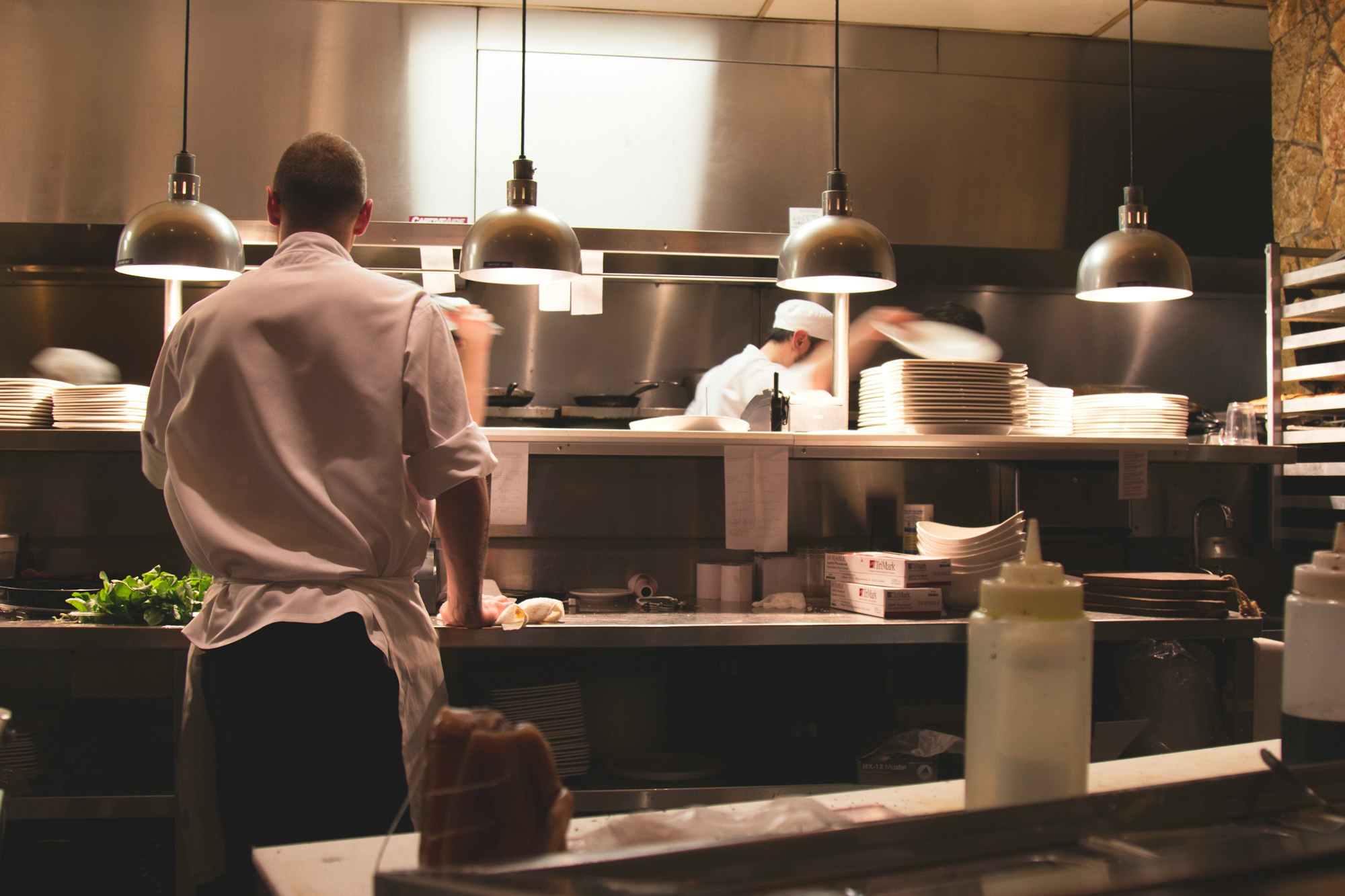The Restaurant Revitalization Fund
The RRF will provide $28.6 billion in relief grants to small to midsized restaurants that have been struggling as a result of the COVID-19 pandemic.

Table of Contents
Share this information with your restaurants. It could be a huge boost to your their businesses and your local economy!
The Restaurant Revitalization Fund (RRF) is part of The American Rescue Plan Act of 2021, the $1.9 trillion COVID relief package signed into law by President Joe Biden on March 11, 2021.
It was designed to provide relief to various types of food establishments (we use the general term “restaurants” to refer to these businesses). It will be administered by the Small Business Administration (SBA)
The RRF will provide $28.6 billion in relief grants to small to midsized restaurants that have been struggling as a result of the COVID-19 pandemic. Of the total $28.6 billion, $23.6 billion is available for the SBA to award in an equitable manner to different-sized businesses based on annual gross receipts. The remaining $5 billion is available to businesses with gross receipts of $500,000 or less during 2019.
Eligible restaurants may receive a tax-free federal grant equal to the amount of its pandemic-related revenue loss (reduced by any amounts received from PPP first and second draw loans in 2020 and 2021). The grant amount is capped at $10 million per business with a $5 million limit per physical location and may be used to cover eligible expenses retroactively to February 15, 2020.
Estimated Timeline
Although details of the application release date are presently unknown, the National Restaurant Association shared their expected timeline:
- April 2021 - SBA releases rules and applications
- May/June - 21-day priority period for women-, veteran-, and disadvantaged/minority-owned businesses
- May/June - RRF open for all eligible restaurants
If the RRF funds have not been exhausted after 60 days, the SBA will have discretion to administer grants to eligible businesses without regard to annual gross receipts.
Are Your Restaurants Eligible?
To be eligible, the applicant must not own or operate more than 20 locations in total as of March 13, 2020, including any affiliated business, regardless of ownership type of the locations and whether those locations do business under the same or multiple names. By definition, an affiliated business is one that has a right to a profit distribution or an equity interest of 50% or more, or contractual authority to control the direction of the business in existence as of March 13, 2020.
Eligible entities are restaurants; food stands; food trucks; food carts; caterers; saloons; inns; taverns; bars; lounges; brewpubs; tasting rooms; taprooms; licensed facilities or premises of a beverage alcohol producer where the public may taste, sample or purchase products; or other similar places of business where patrons go for the primary purpose of being served food or drink.
Publicly traded companies, state or local government-operated businesses, entities that have more than 20 locations (as described above) and restaurants that have a pending application for, or that have received a grant under the shuttered venue operator grant program are not eligible for the RRF grant.
Grant Calculation
An eligible business can receive a grant equal to its pandemic-related revenue loss. The pandemic-related revenue loss is the difference between the business’s 2020 gross receipts and its 2019 gross receipts, reduced by any amounts received from PPP loans.
Eligible businesses that began operations in 2019 will need to annualize their average monthly gross receipts for 2019 and compare them to their annualized monthly gross receipts for 2020.
Eligible businesses that began operations in 2020 will calculate their grant amount by taking the difference between qualified grant expenses and their 2020 gross receipts.
If an eligible business is not yet in operation as of the application date but has incurred eligible expenses, then its grant will be equal to those expenses.
Eligible Expenses
A qualifying RRF grant recipient may use the funds for specified expenses, including:
- Payroll (not including wages used for the Employee Retention Credit (ERC))
- Principal or interest on mortgage obligations
- Rent
- Utilities
- Maintenance, including construction to accommodate outdoor seating
- Personal protective equipment, supplies and cleaning materials
- Normal food and beverage inventory
- Certain covered supplier costs
- Covered operational expenses
- Paid sick leave
- Any other expenses the SBA determines to be essential to maintaining operations incurred from February 15, 2020 to December 31, 2021 are eligible
Econ Dev Show Newsletter
Join the newsletter to receive the latest updates in your inbox.